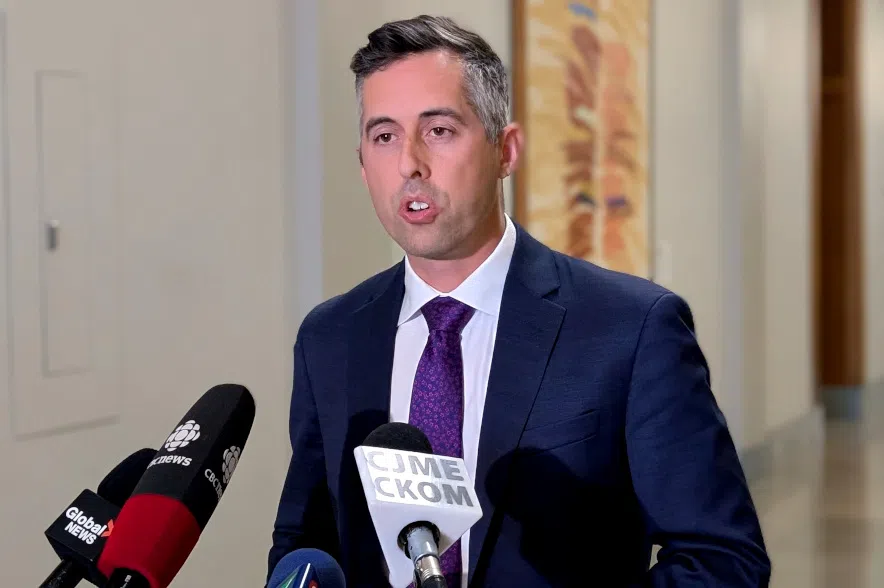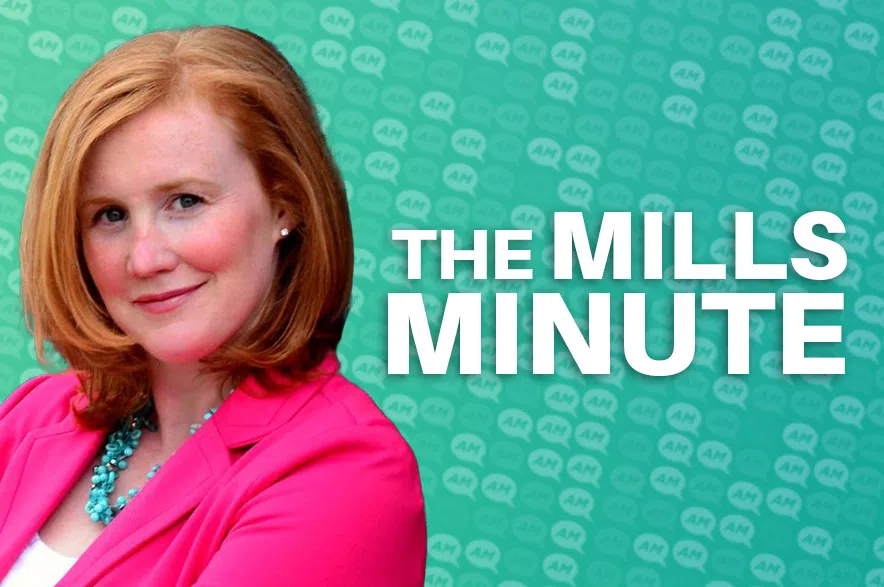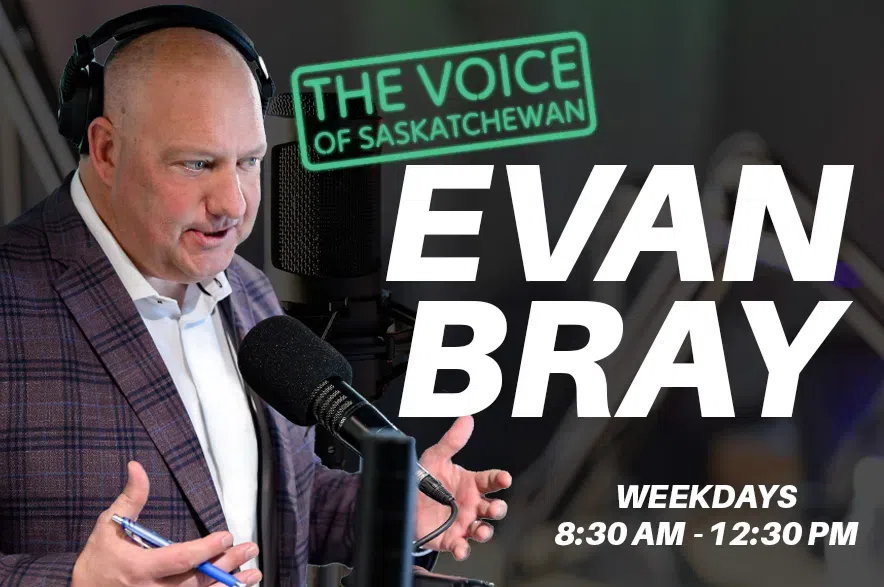The fall legislative sitting doesn’t start until mid-October, but the Sask. NDP is already announcing its intentions around legislation on ER closures.
Jared Clarke, the Sask. NDP’s rural and remote health critic, said he’s planning to introduce a private member’s bill that would require public notification of all ER closures in the province.
“If your hospital in your community is closed at that moment, people should be able to know so they know whether they should go there, or whether they should look to another community to get that care,” said Clarke.
Read more:
- ‘Ticking time bomb’: Regina General Hospital using ‘mass casualty’ tactics
- Sask. dealing with long waits for breast health one year after plan announced
- Culture review of Regina hospitals finds bullying, incivility, disengagement among doctors
He said everyone has heard stories of people in rural Saskatchewan getting hurt and then heading to their local ER, only to find a piece of paper in the window saying it’s closed.
Clarke pointed to an incident the NDP brought up last week, where the ER in Outlook was closed and a notice told people to drive about an hour southeast to Davidson. Then, people who drove to Davidson found that ER was also closed – they ended up having to go back north to Saskatoon for care instead.
He brought up numbers from a freedom of information request which showed there’s been an eight-fold increase in the number of hospital closures in the province since Scott Moe became premier in 2018. Clarke also mentioned numbers the NDP has gathered, saying there have been at least 184 closures in the province since December, comprising 780 hours of lost service.
Clarke said the party is consulting with stakeholders and is still finalizing the legislation to make sure they get it right.
SHA current policy
The Saskatchewan Health Authority’s (SHA) current policy says any service disruption lasting seven days or longer is posted to its website, though Clarke claims disruptions are no longer posted.
The oldest disruption on that site as of Wednesday afternoon was in Broadview from 2021, and the most recent was in Wolseley from 2024.
In a statement, it also said that short-term disruptions – which are 24 hours or less – are communicated through local social media and other platforms, as well as through signage at the facility.
“Short-term service disruptions often occur with little notice, and utilizing existing local communications platforms is an effective way to reach the community quickly,” explained the statement.
Clarke claims the disruptions haven’t been posted in a while, saying it’s because the Sask. Party government is embarrassed by its health-care failures.
“They don’t want the public to be able to see how often these hospital closures are happening and the impact that that’s having on rural residents,” said Clarke.
The legislation is a band-aid, but Clarke said the bigger issue that needs to be addressed is how to fix the health-care system – recruiting and retaining staff, making sure hospitals stay open, and making sure no one is left behind because of where they live.
Rural MLAs primarily Sask. Party
Clarke hopes the Sask. Party MLAs support the bill, and with most of them representing rural areas in the province, he wouldn’t think rural health care would be such a disaster.
While he intends to introduce the legislation, Clarke said the government doesn’t need legislation to fix the problem now.
“They could develop an app, they could put it on the SHA’s website again – which they stopped doing – they could fix this now,” he said
Government responds
The Government of Saskatchewan echoed the SHA’s comments, saying that local communications platforms are an effective way to reach the communities quickly.
“Local municipalities are asked to post disruption notices on their websites, as they often have a larger local following than the SHA social media channels,” read the statement.
It said the NDP’s legislation wouldn’t do anything to improve access to care for patients, instead pointing to its health human resources action plan, which it says does improve access.
“Investing in innovative strategies, such as the Virtual Physician Program, Point-of-Care Testing, and various healthcare human resource initiatives has enabled rural and remote health facilities to avoid over 2,700 potential temporary service disruptions over the last 17 months,” explained the government statement.
It also said that, as of August this year, 463 high-priority health-care workers have been hired in 70 rural and remote communities through the Rural and Remote Recruitment Incentive — though it didn’t say what the net gain in those communities might be.











